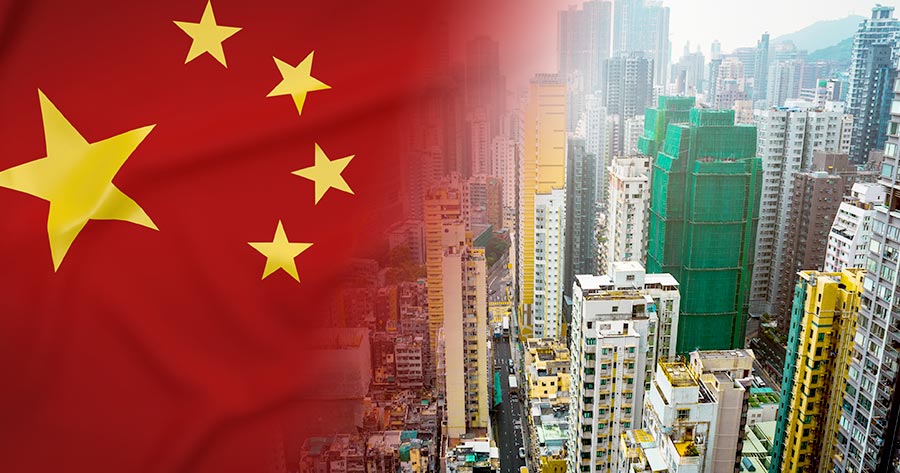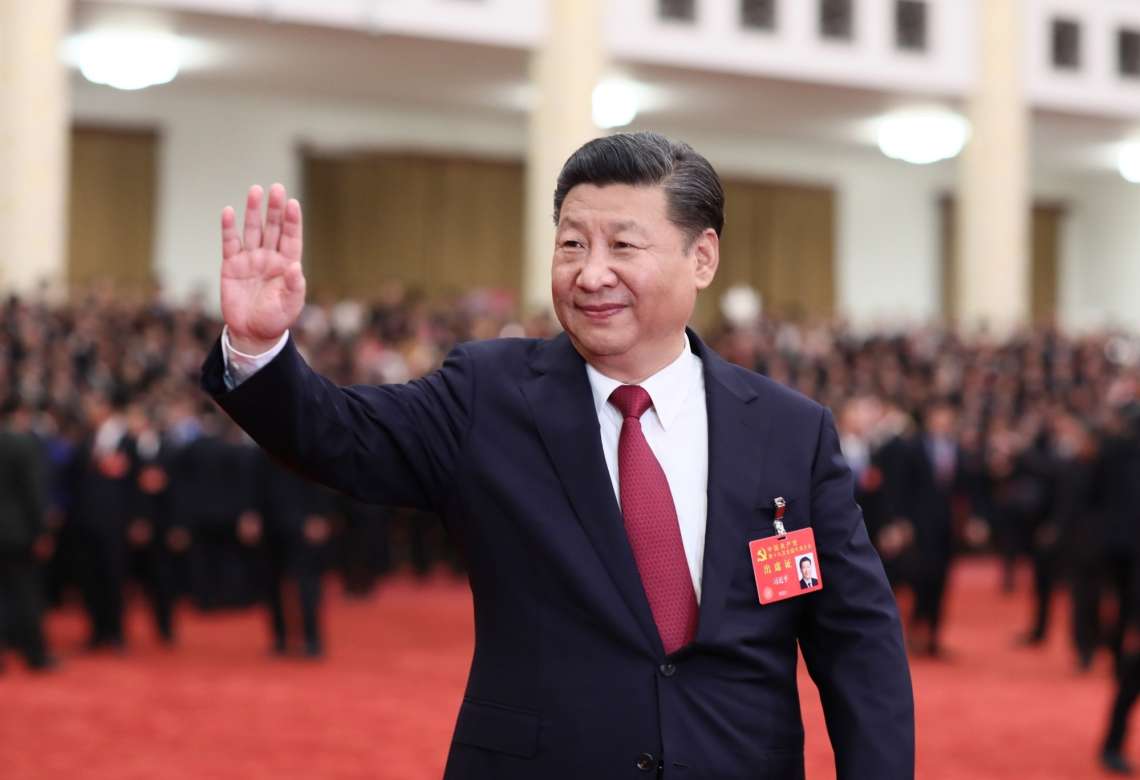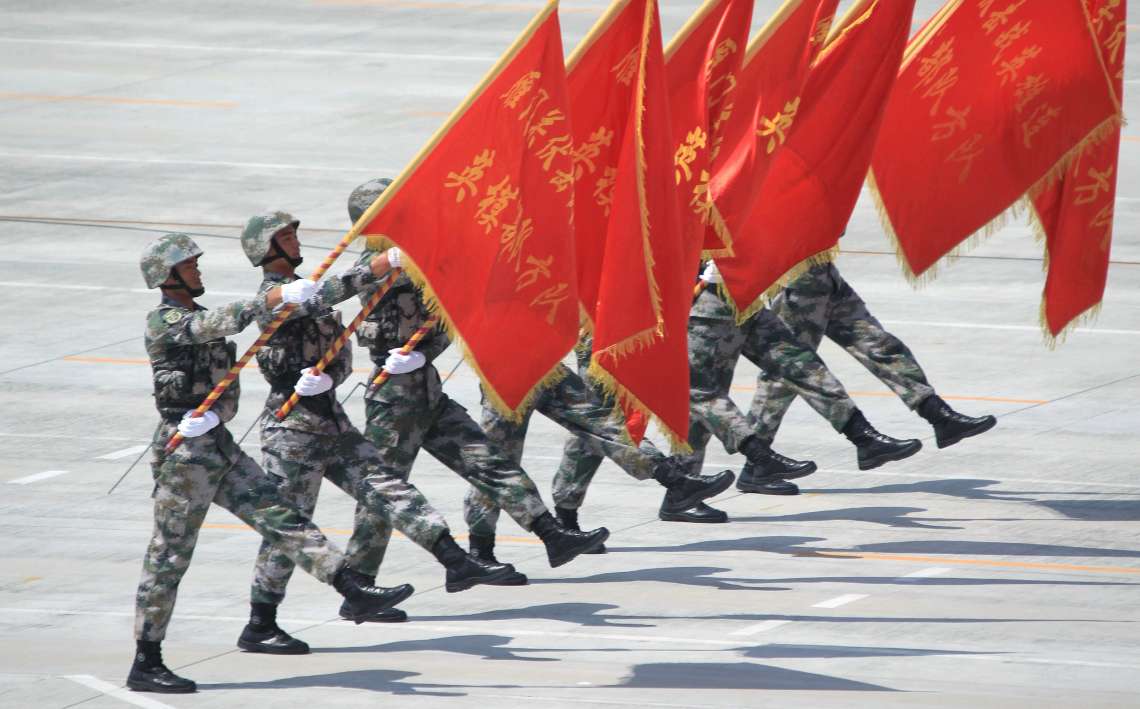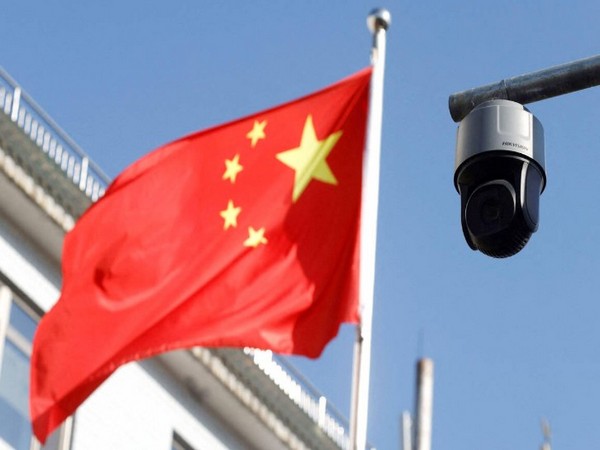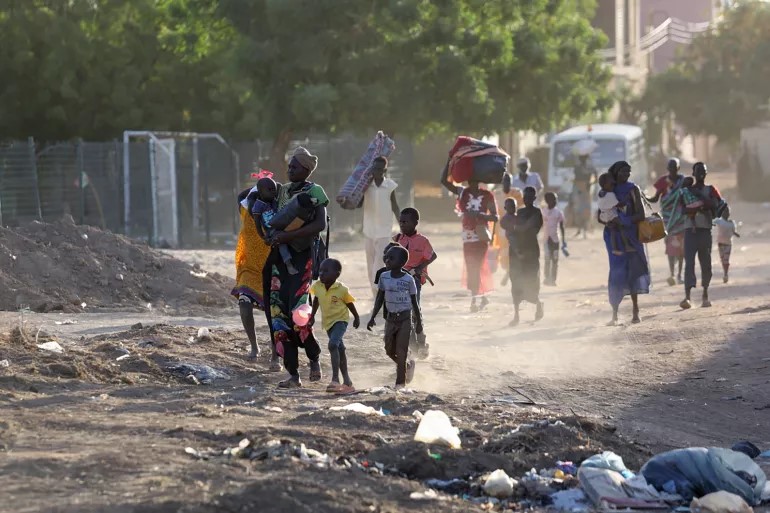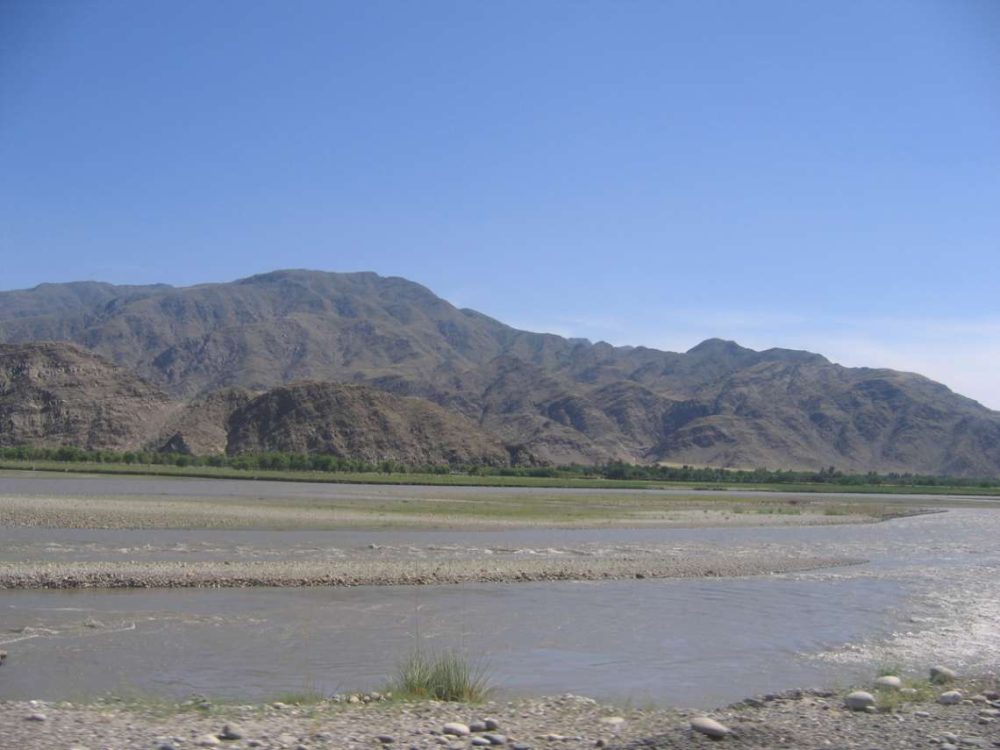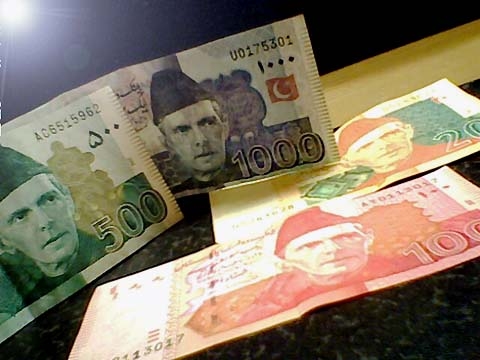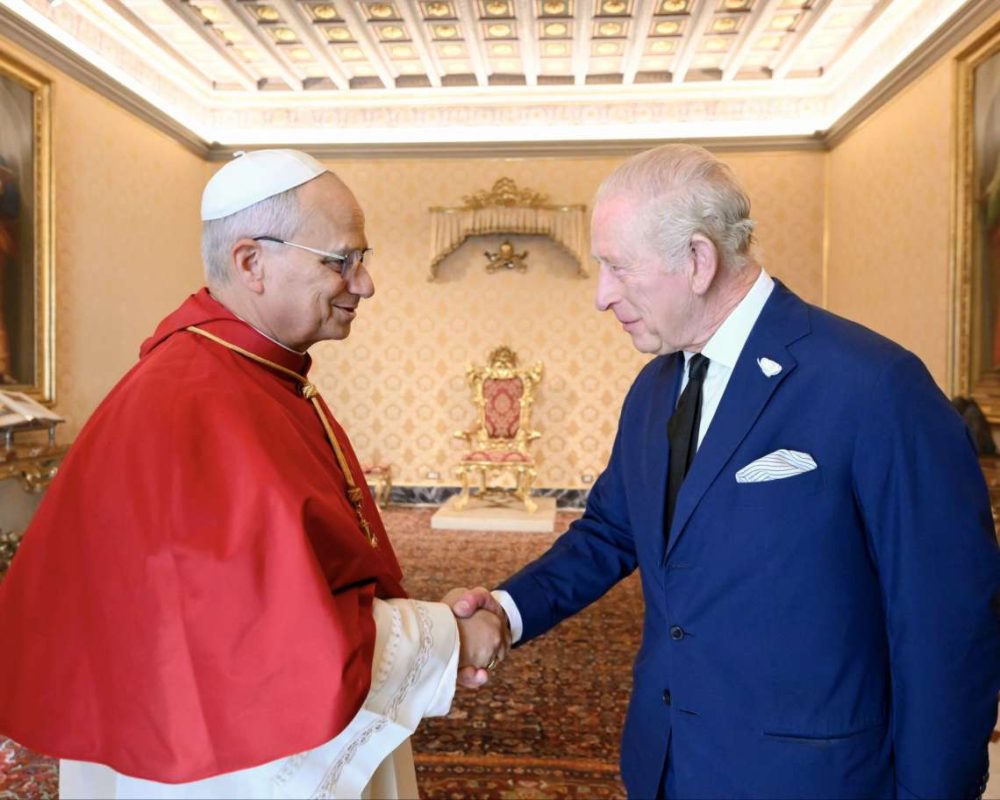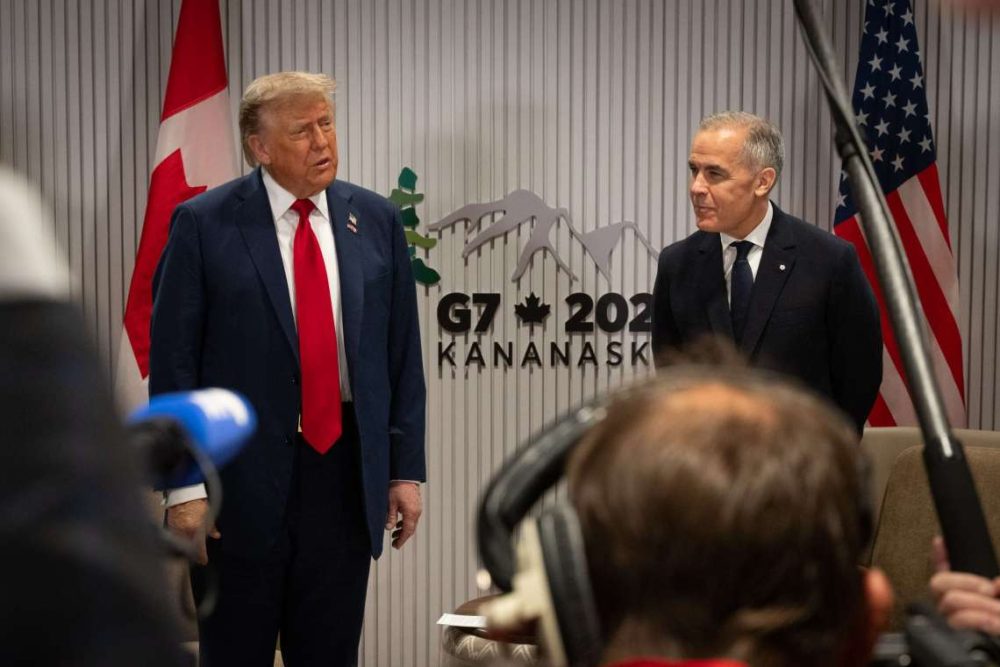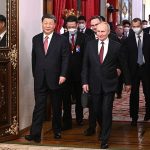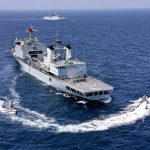Chinese Premier Li Qiang delivered a government work report on Wednesday, maintaining the 5% economic growth target for 2025, consistent with last year’s projection…reports Asian Lite News
Even as China braces for a potential trade war with the United States over tariffs, Beijing has reaffirmed its commitment to boosting domestic demand as the primary driver of its economy. The Chinese government has set its annual growth target at approximately 5% while also announcing a 7.2% increase in defence spending, citing rising regional tensions.
Chinese Premier Li Qiang delivered a government work report on Wednesday, maintaining the 5% economic growth target for 2025, consistent with last year’s projection. In his address, Li acknowledged that China faced a “complex and severe situation” with mounting external pressures and internal economic difficulties. However, he asserted that under the leadership of the Communist Party of China (CPC) with President Xi Jinping at the core, the country had achieved economic stability and steady progress, successfully meeting its key development goals.
According to Voice of America, Lynn Song, Chief Economist for Greater China, pointed out that external demand played a crucial role in driving China’s economic growth last year. Not only did it boost exports, but it also stimulated manufacturing activities. However, Song warned that the looming tariff conflict between the U.S. and China could weaken external demand this year. Additionally, Li Qiang’s reference to low public sentiment suggests domestic demand may also struggle, making the 5% growth target more difficult to achieve.
Meanwhile, the Ministry of Finance reported that China’s defence budget for 2025 will be approximately USD 245.6 billion, reflecting a 7.2% year-on-year increase. This marks the third consecutive year of such increases, maintaining the highest levels of defence spending in recent years.
Experts suggest that the rise in military expenditure is focused on strengthening naval and air combat capabilities. Voice of America cited Su Ziyun, Director of the Institute of Defense Strategy and Resources at Taiwan’s Institute for National Defense and Security, who noted that China’s military strategy is shifting from a land-based power to a maritime force. Recent military exercises in the waters near Australia, New Zealand, Vietnam, and the Taiwan Strait underscore this transition.
As China navigates economic challenges and geopolitical tensions, its focus on internal economic resilience and military expansion signals a strategic approach to maintaining global influence and regional security.


